Boeing names its airliners using the 7X7 convention, except for the 720. Why did Boeing name this one in a different way from all of its other jets?
Sooner or later, Boeing will introduce a new aircraft design, that will likely have the moniker “797”. This will be the last name in the 7×7 series of names, that the American manufacturer introduced with the 707. As Boeing’s first commercial jet, the 707 clearly deserved to be the first in a new series.
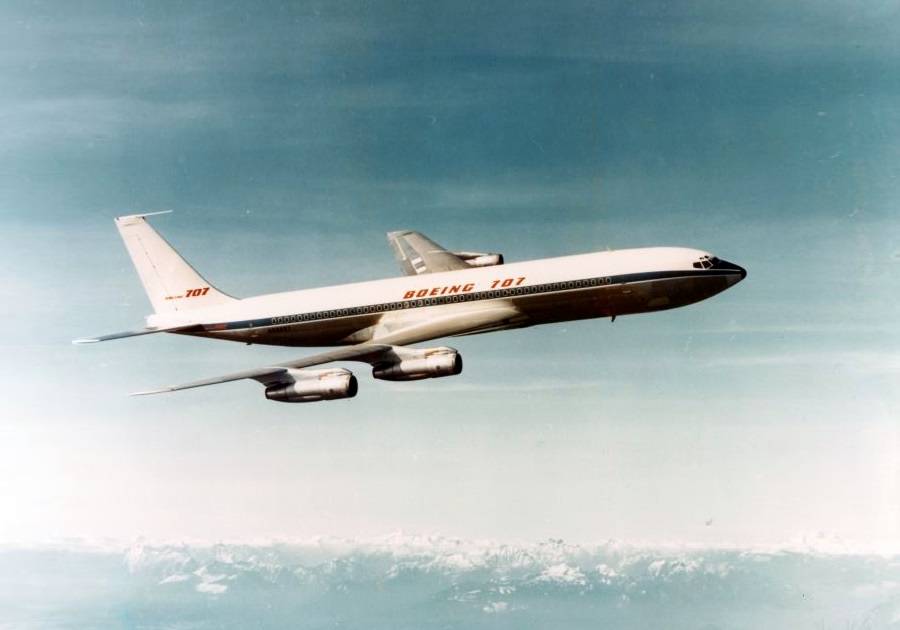
But at the time, this new naming convention wasn’t immediately obvious, as the start of a new series. Today we think of the Boeing 720 as a naming anomaly, but this wasn’t necessarily what people thought of back then. And in any case, it wasn’t even the first such anomaly. We have previously looked at the 717, for instance. Note here that we are NOT referring to the renamed McDonnell Douglas MD-95. No, there was a 717 decades before that – at least on paper.
717 And 720 – Boeing Offering A Smaller 707
We are referring to the KC-135 and C-135, of course. The latter would have been the 717 – had there been a commercial version of it. Boeing first designed the 367-80, a conceptual design that led to the 707. The Air Force’s variant had a larger fuselage diameter than this aircraft. As for the 707, the manufacturer enlarged it again, to give it 3+3 economy seating.
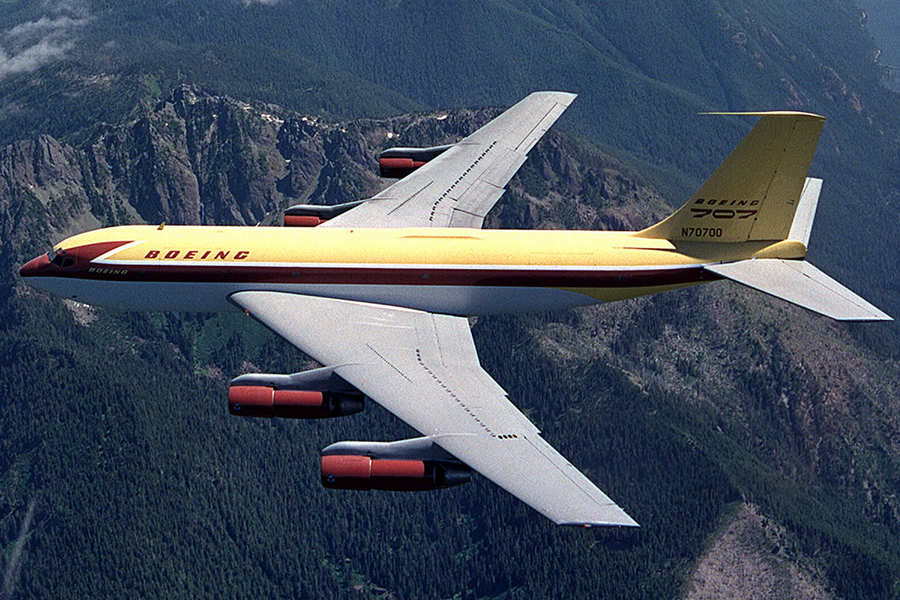
But what does any of this have to do with the Boeing 720? Well, Boeing first offered the 717 to the airlines, with the same cabin diameter as the KC-135, as a medium-haul aircraft. A cargo version, borrowing features of the military C-135, was also a possibility. But the airlines weren’t interested. Adding another type, so similar yet different from their long-haul 707s, didn’t attract much interest.
(There is some confusion here, because Boeing painted “707” on the tail-fin of the 367-80, since it was using it to promote the 707. This led many people to assume that the 367-80 and the 707 were dimensionally the same. They definitely weren’t)
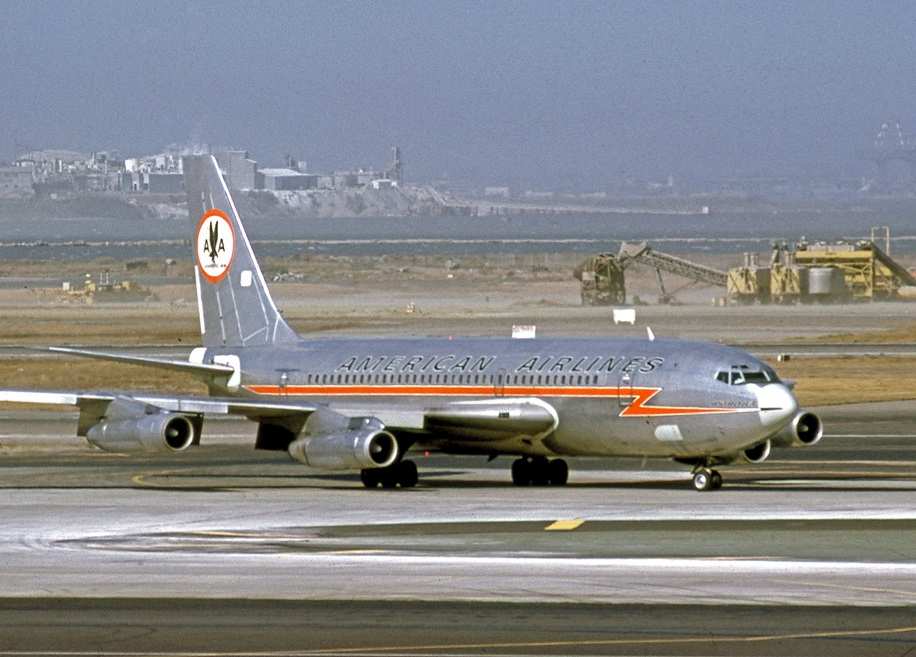
And that’s where the Boeing 720 comes in. This aircraft is essentially a 707 with a shorter fuselage, with the same diameter. In terms of overall length, the 720 is about two and a half meters (8.3 feet) shorter than a concurrent 707. This actually makes it a bit shorter than a Boeing 737-900, or a MAX-9. Note, however, that like the Boeing 707, the 720 had a three-person crew and therefore less cabin space than even a 737-800. The typical single-class capacity was 156 passengers.
Boeing 720 – Its Role
As with the 717, the 720 was meant as a short and medium-haul aircraft. And this time, with interiors, systems, and nearly everything else mirroring the 707, the airlines looked at the design much more favorably. But there were some differences between the Boeing 720 and the standard 707. Some of these were there to simplify the design, but also to make it fit its new role better.

The 707 was a fast aircraft. For the 720, the manufacturer modified the inboard wing slightly, to get a bit more lift out of it – at the expense of speed. There was a small tail fin under the fuselage, although many 707s later got a similar fin there, too. Even for aviation nerds, telling apart a Boeing 707 and a 720 is tricky. Your best bet is to look at the pylon on the No 4 engine.
This is because another difference between the 707 and the 720, was that the latter only had two turbocompressors. A turbocompressor is what Boeing used in these aircraft instead of a bleed-air system, for cabin pressurization. This is because turbojet and early low-bypass turbofan engines didn’t generate enough air volume for a bleed-air system to work, without robbing the engine of too much power.
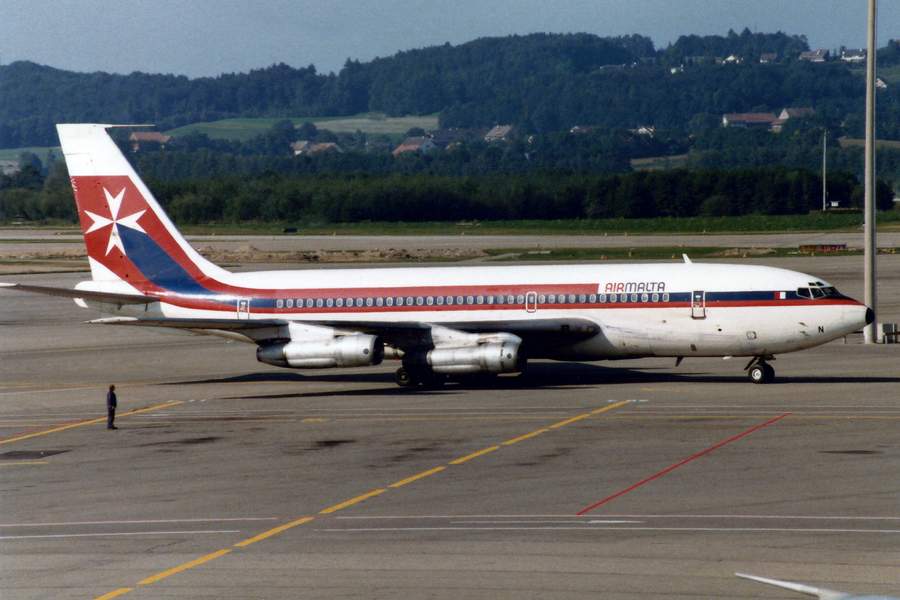
Service and Succession
The 707 had three turbocompressors, i.e. one on each engine except engine No 1. To simplify the systems of the 720, Boeing only put one turbocompressor on each of the inboard engines. This system has its own air intake, on an extension on the front of the engine’s pylon. In other system differences, the 720 didn’t have an APU! This seems like an odd choice, for short/medium-haul design.
Because the 720 looks so much like a Boeing 707, chances are that you’ve seen one but mistook it for the latter. The FAA and NASA used a 720 for the famous Controlled Impact Demonstration (CID) in 1984. The test examined multiple ways to improve passenger survival, including the use of fuel that didn’t ignite as easily in a fire. The latter aspect of the test was somewhat inconclusive. But the test also provided useful information on the accelerations involved in such a crash, and in aircraft seat design and materials.
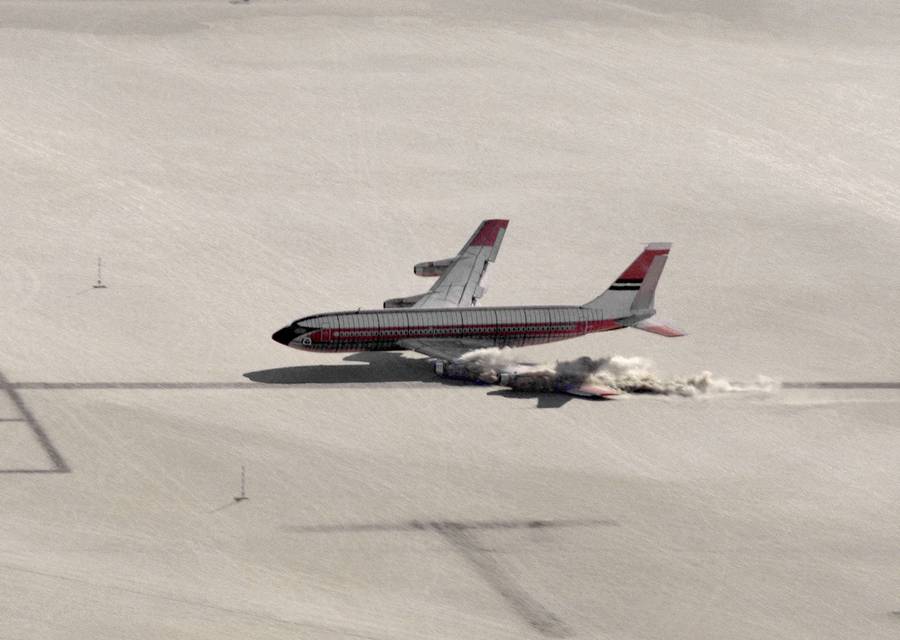
In total, Boeing made a relatively modest number of 720s – just 154 of them. By contrast, it made 865 707s. Someone could surmise, then, that the 720 was unsuccessful. But this ignores Boeing’s own design and production plans. In reality, the 720 was a “stop-gap” design, until Boeing could produce a better short/medium-haul aircraft.
That next design was the 727. Crucially, the 727 entered service less than four years (!) after the 720’s service entry. In that context, the 720’s production run, as a sub-variant of the existing 707, was really quite respectable. Boeing even kept this four-engine jet variant in production a few years beyond the 727’s introduction. Presumably, this was for customers that didn’t have 727s in their fleets.




3 comments
Tony M
Thumbs up to what simprove commented.
What about why United requested the different model designation? I think it had something to do with not wanting their own customers to assume United was displeased with its DC-8s..? But I’ve never understood that idea well. I assumed when I clicked on this article that how and why 720 came to be the model number would be a main point of it.
simprove
Originally the aircraft was designated 707-020 because it was a shorter fuselage version of the original Boeing 707-120 series. It was rebranded as the 720 at the suggestion of United Airlines.
Regarding the lack of an APU, I don’t think any 707s had an APU as built but some were retrofitted with them.
rushzep
Perhaps the most famous (infamous?) 720 was the first one that was purchased by an airline.
In service from 1960 and sold in 1973, the new owners modified the cabin and leased ithe jet to several touring rock bands.
The Starship (N7201U) featured a private room with a watered, an electric fireplace, and a well stocked bar that had an organ built in to it.
It can be seen towards the beginning of Led Zeppelin’s concert film The Song Remains The Same as the band deplanes. It can be seen once more at the end right before the credits roll as “Stairway To Heaven” plays over footage of the 720 taxiing.